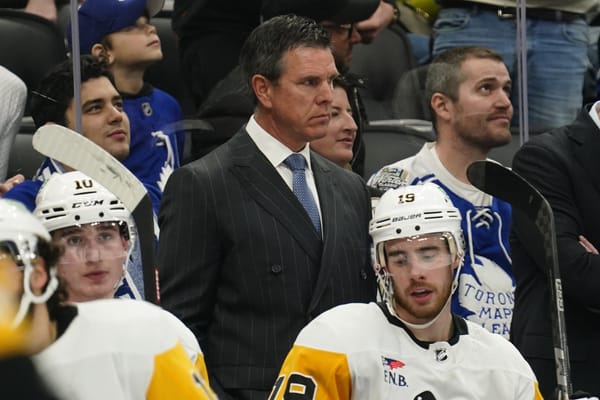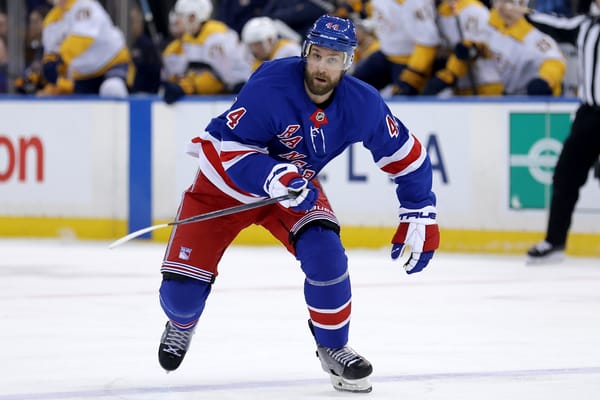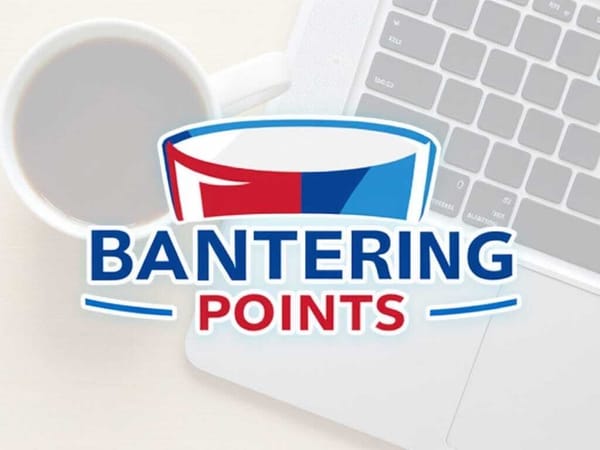2015 NHL Draft: Rangers Need To Go Boom Or Bust
There are many different roads the Rangers can take in the draft. They need to make sure they're taking the smart ones.
As the NHL Draft inches closer, it appears likely the Rangers will have a couple of extra draft picks to line their pockets with. Maybe not any picks on Friday, but at least another pick or two on Saturday to work with.
Every single general manager goes into the draft with a plan, and it's usually obsolete just a few picks in. Things change, players fall, other are taken too early and the entire landscape changes.
The Rangers are without a first round selection in 2015; which is surprisingly familiar territory for them. In fact, they won't have a first round pick in 2016, either. But it's 2015 that's important right now, and the Rangers need to make sure they're drafting smartly.
I should back up for a minute and add a disclaimer: It's pretty difficult to draft dumb. At the end of the day you never really know what a player is going to turn into and a lot of picks are very defensible at the time.
The Hugh Jessiman pick -- probably the worst pick in Rangers history -- was 100% defensible at the time. Jessiman was drafted after a freshman campaign at Dartmouth saw him post 23 goals and 47 points in 34 games (as a reference Jack Eichel notched 71 points in 40 games on a much better overall team). Want to know what happened to Jessiman? He had a horrific leg injury the next year he never recovered from. Do people talk about that? Of course not! They just laugh and lament the Rangers being the only team to strike out in the first round of the infamous 2003 draft.
An example of a dumb draft pick? That would be 2010, when the Rangers passed on guys like Cam Fowler and Vladimir Tarasenko because they needed a big bully defenseman at the 10th overall slot when you can easily find those guys later in the draft.
 Must Reads
Must Reads 
But outside of rare situations like that, it's pretty easy to use hindsight and scream "that was stupid" when in reality outside of the top-shelf players it's more of a guessing game than anything else.
As another example, here's a true story about the 2006 draft. With the 21st overall pick the New York Rangers selected Bobby Sanguinetti (who was coming off a point-per-game campaign as a power play defenseman in the OHL). The very next pick was used by the Philadelphia Flyers to select Claude Giroux. Stupid pick by the Rangers, right? Well as reports would have it, the Flyers were planning on taking Sanguinetti all along, and when the Rangers snatched him up from under their nose they panicked and picked Giroux -- who ended up being the best player in the draft.
From that story (stick salute to Victor Carneiro for digging up the story):
To the Flyers' amazement, Sanguinetti was still on the board at No. 21 when Rangers general manager Glen Sather strode to the podium and plucked the defenseman. The Flyers were blindsided.
That explains how Clarke, somewhat flustered when announcing the Flyers' pick at No. 22, looked into the draft staging area, desperately seeking Paul Holmgren and stammered, "Ah, what's our pick?"
"I didn't think they were interested in me," Giroux said earlier this year. "That Bobby Clarke forgot my name made it a little more funny."
Imagine, for a moment, the Flyers made a deal to move up to the 20th pick to take Sanguinetti and Glen Sather, panicked, had to stammer Giroux's name into the microphone?
To me, you should always take the best player available in the first few rounds and round out organizational needs elsewhere. If you're in love with two players who are both within your range, then using positional or systemic needs as a tiebreaker obviously makes sense. But passing over the best player available to take an organizational need way down the board is a recipe for failure.
For the Rangers there really are no glaring organization needs -- outside of the ever-present need to get the next Brian Leetch. Last year the organization was barren of goalies and they took two (both picks, Gordie Clark later confirmed, were best player available picks).
Since there are no glaring needs, the Rangers need to go boom or bust. Sure, if they trade into the first or early second round they need to be smart and pick the best player available, but as the draft surges into the third round and beyond the draft rankings usually focus around intangibles. Draft skill over size, and a player's ceiling over their leadership abilities. It's safer that way.
Sometimes those picks flop. Last year the Rangers used their third round pick on Keegan Iverson -- a center who notched 42 points in 67 games on a loaded team where he saw little power play time and was stuck on the third line. The pick was defensible: Most of the Portland Winterhawks' best players were moving on the next year, and Iverson would explode with more offensive opportunities. That didn't happen, and Iverson only notched 39 points in 68 games this year and would need a very good 2016 campaign to find himself signed by the Rangers moving forward.
The point is you don't know what you're really going to get. Adam has done a great job running through players who might fall to the Rangers on Saturday. Some of them (here and here) are more boom or bust than others (here). But outside of the 59th pick (as of this writing the Rangers earliest pick in the draft) they need to be willing to absorb some risk that comes with a massive reward.
In today's NHL, still, lack of size is seen as a risk. That's why players like this are ranked as low as 158th in the upcoming draft while players with size are more sought after even if they don't have the same skill level. The Rangers, for what it's worth, don't have to be so worried about taking risks deeper in the draft.
In fact it's exactly what they should be doing.





